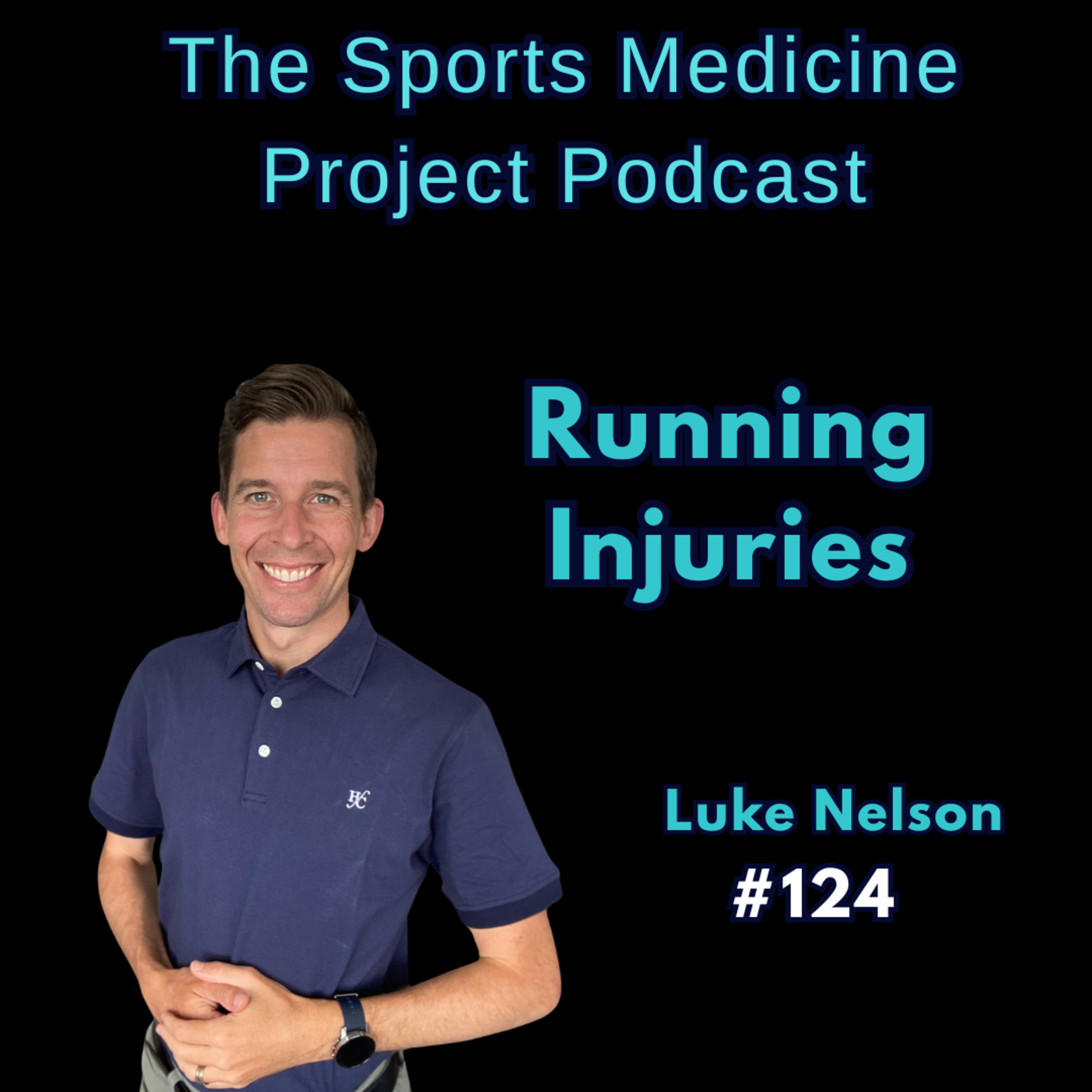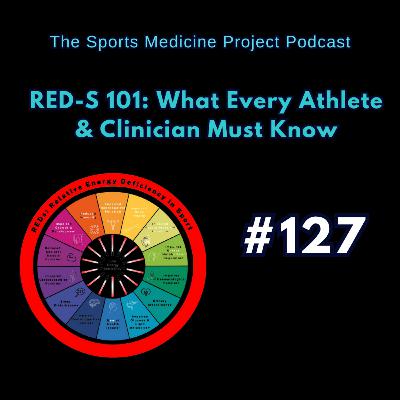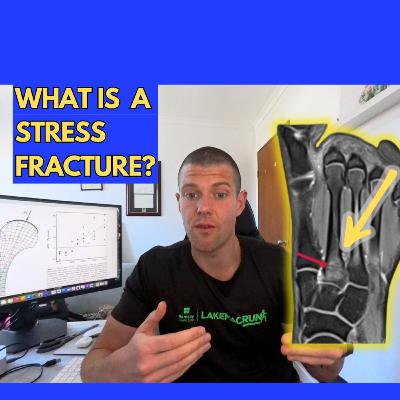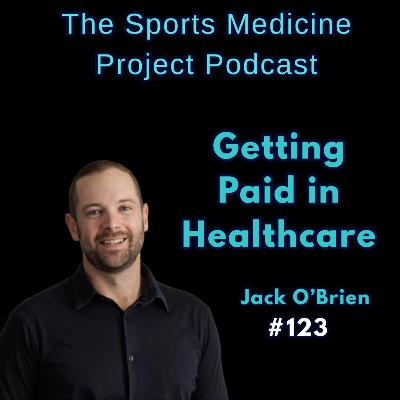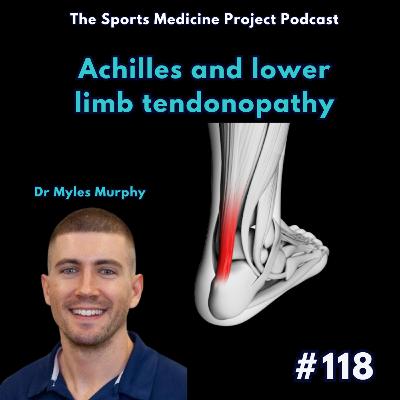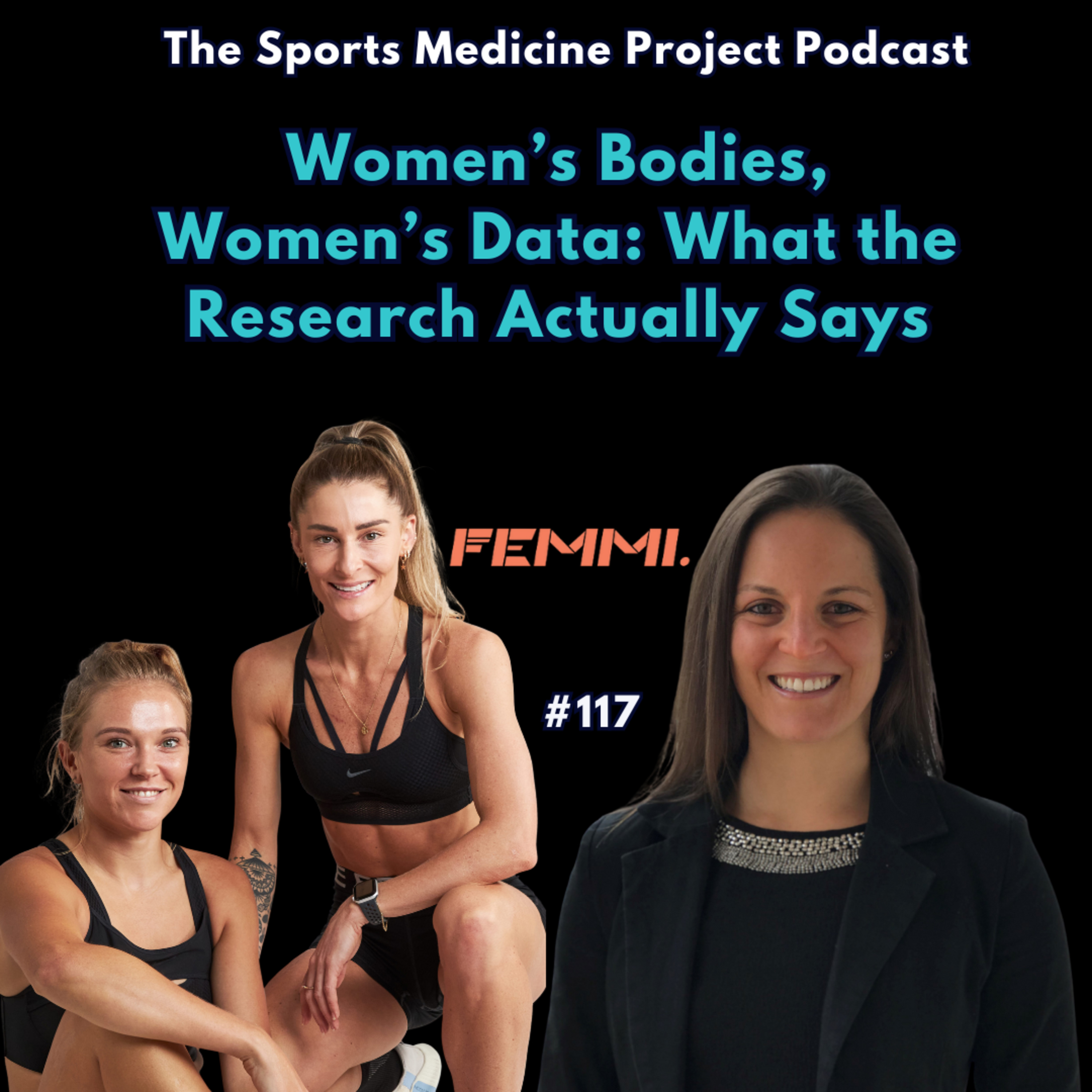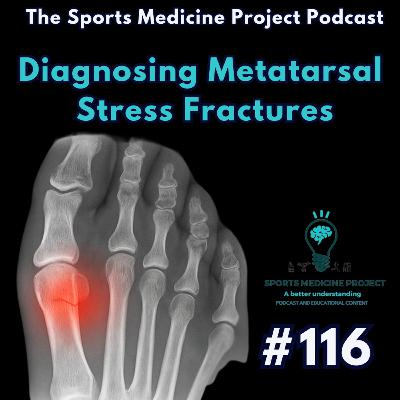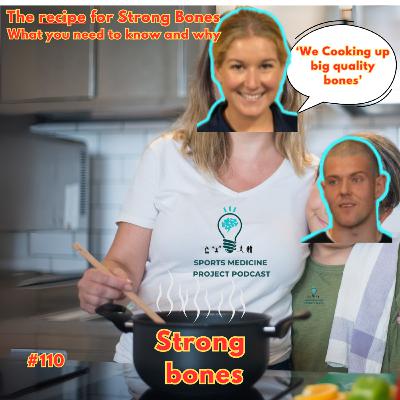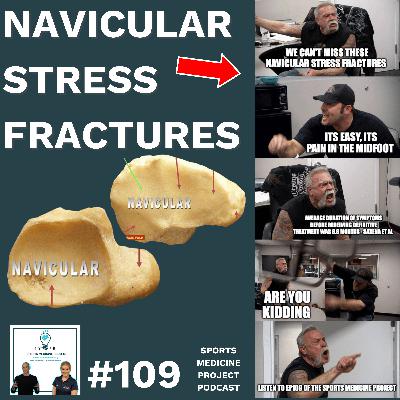Running Injuries w/ Luke Nelson #124
Description
Find Luke: https://www.instagram.com/sportschiroluke/
Luke is a titled Sports & Exercise Chiropractor, Running Coach, and Strength Coach with over 20 years of experience in private practice in Melbourne. He has lectured extensively across Australia and internationally on sports injuries, with a focus on running-related topics. As an avid fitness enthusiast, Luke has completed 11 marathons, an ultra-marathon, and two Ironman triathlons. In recognition of his expertise, Luke was awarded Fellowship status by the Australasian Institute of Chiropractic Education in 2019, inducted as a Fellow of the Australian Sports Medicine Federation in 2024, and honoured as the 2022 ACA Chiropractor of the Year for his contributions to the profession.Luke Nelson
Sports & Exercise Chiropractor
Director Health & High PerformanceB App Sci (Clin Sci.)/B Chiro Sci, ICCSP, Postgrad.Dip.Sport Chiro, M.Sport.Sci, ASCA Lev 1, FAICE, FASMF
w. https://www.healthhp.com.au/
Chapters
00:00 Introduction to Podiatry and Chiropractic Practices
00:58 Evolving Perspectives in Healthcare
03:36 The Journey of a Chiropractor
06:47 The Role of Social Media in Healthcare
09:32 Strength Training and Injury Prevention
12:37 Plyometrics in Running Training
15:24 Individualized Training Approaches
18:34 Managing Tendon Injuries
21:11 Patient Education and Communication
29:06 Effective Communication in Consultations
33:14 Understanding Running Programming
40:23 Assessment Techniques for Runners
47:14 The Importance of Strength Assessment
53:47 Managing Bone Stress Injuries
01:01:24 Reflecting on Gratitude and Perspective
01:01:48 Foot Strike Patterns and Gait Interventions
01:04:59 Sustaining Changes in Running Technique
01:06:35 Programming for Return to Running
01:10:57 Adding Intensity to Training
01:11:59 Managing Pain and Progressing Training
01:16:52 Mechanical Interventions in Running
01:20:03 Favorite Running Shoes and Recommendations
01:23:09 Interviewing the Greats and Research Aspirations
01:27:06 Future Endeavors and Closing Thoughts
Takeaways
The breakdown of traditional silos in healthcare is beneficial for patient care.
Interdisciplinary collaboration leads to better treatment outcomes.
Social media can enhance the dissemination of healthcare knowledge.
Strength training is crucial for injury prevention in runners.
Plyometrics can improve performance and aid in rehabilitation.
Patient education is essential for effective treatment.
Understanding patient goals helps tailor treatment plans.
Assessment techniques are vital for identifying issues in runners.
Research translation is important for evidence-based practice.
Healthcare professionals should continuously evolve their practices. Strength parameters should be assessed in context, not isolation.
The act of doing training is more important than just numbers.
Weakness can be a precursor to injuries, but it's not the only factor.
Criteria-based rehabilitation is often more effective than time-based.
Managing bone stress injuries requires careful progression and monitoring.
Runners often need mental support when facing injuries.
Foot strike patterns should be assessed but not always changed.
Easy running builds the foundation; speed work enhances performance.
Individualized programming is crucial for effective rehabilitation.
The future of injury prevention research is multifactorial and complex.

